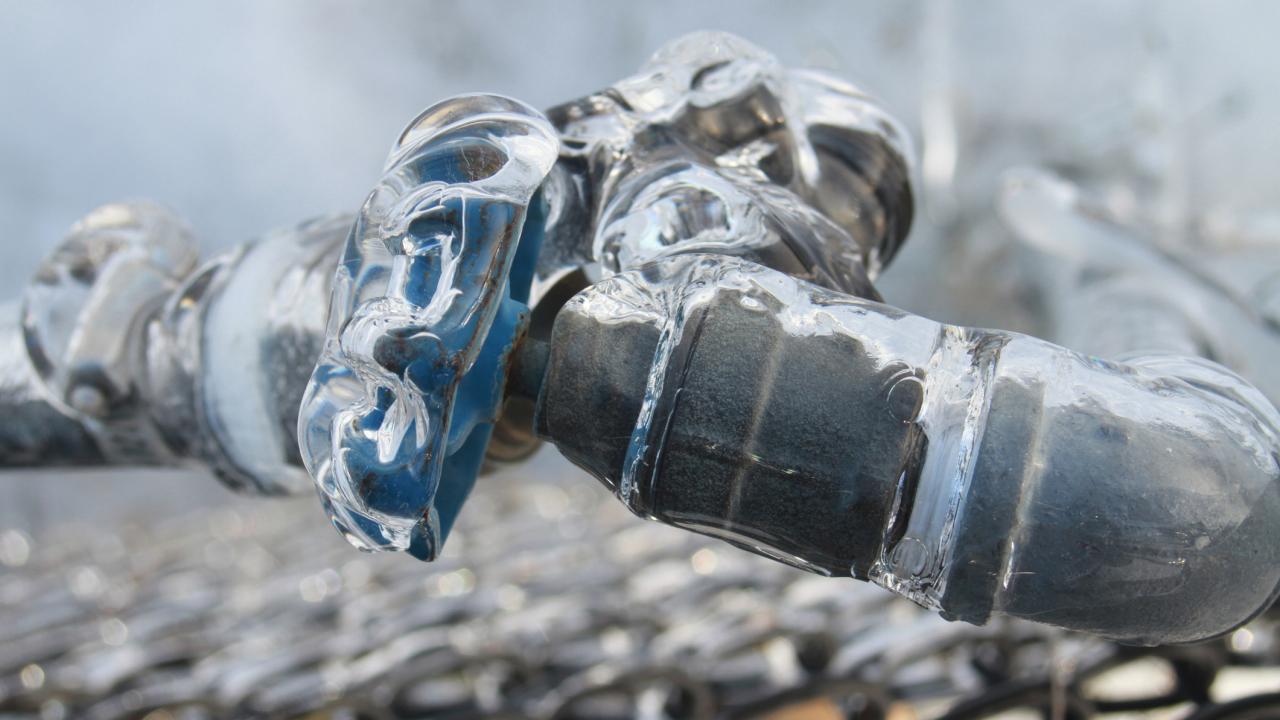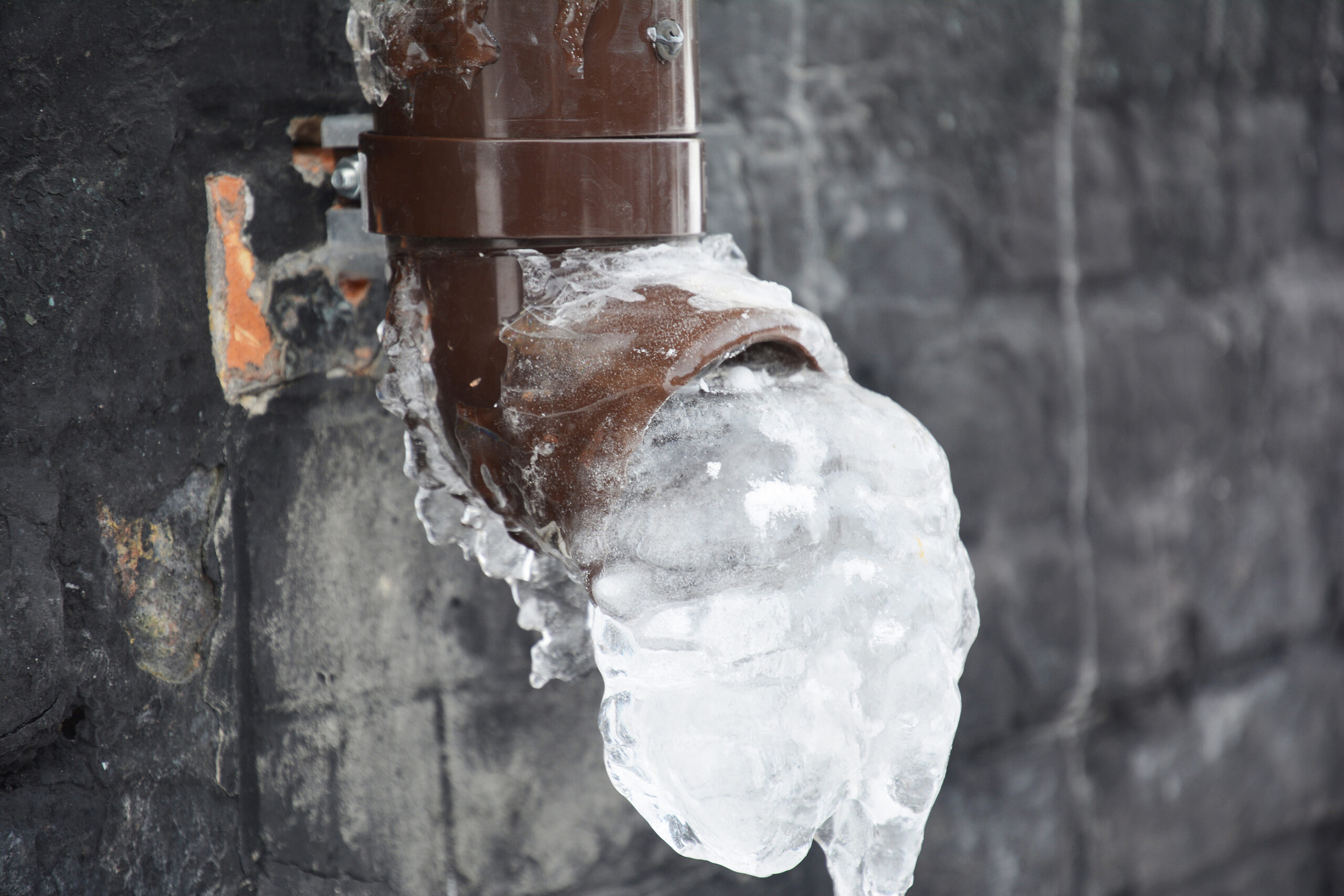Preventing Frozen Pipes: Effective Methods for Winter
Preventing Frozen Pipes: Effective Methods for Winter
Blog Article
Do you find yourself hunting for information involving How to prepare your home plumbing for winter weather?

Winter can ruin your plumbing, especially by freezing pipelines. Here's just how to prevent it from occurring and what to do if it does.
Intro
As temperatures decline, the danger of icy pipes boosts, potentially bring about costly repair work and water damage. Recognizing exactly how to stop icy pipes is crucial for homeowners in chilly climates.
Comprehending Frozen Pipes
What triggers pipes to freeze?
Pipelines ice up when exposed to temperatures below 32 ° F (0 ° C) for expanded durations. As water inside the pipes freezes, it expands, taxing the pipeline walls and possibly creating them to rupture.
Threats and damages
Frozen pipes can lead to water interruptions, residential property damage, and expensive repair work. Ruptured pipelines can flooding homes and cause substantial architectural damages.
Indications of Frozen Water Lines
Determining icy pipes early can avoid them from rupturing.
Just how to identify frozen pipelines
Try to find decreased water flow from taps, uncommon odors or noises from pipelines, and noticeable frost on revealed pipes.
Avoidance Tips
Insulating prone pipelines
Cover pipes in insulation sleeves or make use of heat tape to safeguard them from freezing temperatures. Concentrate on pipelines in unheated or outside locations of the home.
Home heating methods
Maintain indoor areas adequately heated, especially locations with pipes. Open up cupboard doors to enable cozy air to flow around pipelines under sinks.
Shielding Outside Plumbing
Garden hoses and exterior faucets
Separate and drain garden pipes before winter. Mount frost-proof faucets or cover outdoor taps with insulated caps.
What to Do If Your Pipelines Freeze
Immediate actions to take
If you suspect frozen pipelines, keep taps open up to eliminate stress as the ice melts. Make use of a hairdryer or towels soaked in hot water to thaw pipelines gradually.
Long-Term Solutions
Architectural changes
Take into consideration rerouting pipelines away from exterior wall surfaces or unheated locations. Add additional insulation to attic rooms, cellars, and crawl spaces.
Upgrading insulation
Purchase high-grade insulation for pipelines, attic rooms, and walls. Appropriate insulation aids preserve constant temperature levels and minimizes the danger of frozen pipelines.
Conclusion
Preventing frozen pipes calls for positive actions and quick reactions. By understanding the reasons, signs, and preventive measures, homeowners can safeguard their plumbing throughout cold weather.
5 Ways to Prevent Frozen Pipes
Drain Outdoor Faucets and Disconnect Hoses
First, close the shut-off valve that controls the flow of water in the pipe to your outdoor faucet. Then, head outside to disconnect and drain your hose and open the outdoor faucet to allow the water to completely drain out of the line. Turn off the faucet when done. Finally, head back to the shut-off valve and drain the remaining water inside the pipe into a bucket or container. Additionally, if you have a home irrigation system, you should consider hiring an expert to clear the system of water each year.
Insulate Pipes
One of the best and most cost-effective methods for preventing frozen water pipes is to wrap your pipes with insulation. This is especially important for areas in your home that aren’t exposed to heat, such as an attic. We suggest using foam sleeves, which can typically be found at your local hardware store.
Keep Heat Running at 65
Your pipes are located inside your walls, and the temperature there is much colder than the rest of the house. To prevent your pipes from freezing, The Insurance Information Institute suggests that you keep your home heated to at least 65 degrees, even when traveling. You may want to invest in smart devices that can keep an eye on the temperature in your home while you’re away.
Leave Water Dripping
Moving water — even a small trickle — can prevent ice from forming inside your pipes. When freezing temps are imminent, start a drip of water from all faucets that serve exposed pipes. Leaving a few faucets running will also help relieve pressure inside the pipes and help prevent a rupture if the water inside freezes.
Open Cupboard Doors
Warm your kitchen and bathroom pipes by opening cupboards and vanities. You should also leave your interior doors ajar to help warm air circulate evenly throughout your home.

I'm certainly very serious about Helpful Tips to Prevent Frozen Pipes this Winter and I'm hoping you enjoyed reading the new page. Sharing is nice. Who knows, you might be doing someone a favor. Thank you for going through it.
Click Report this page